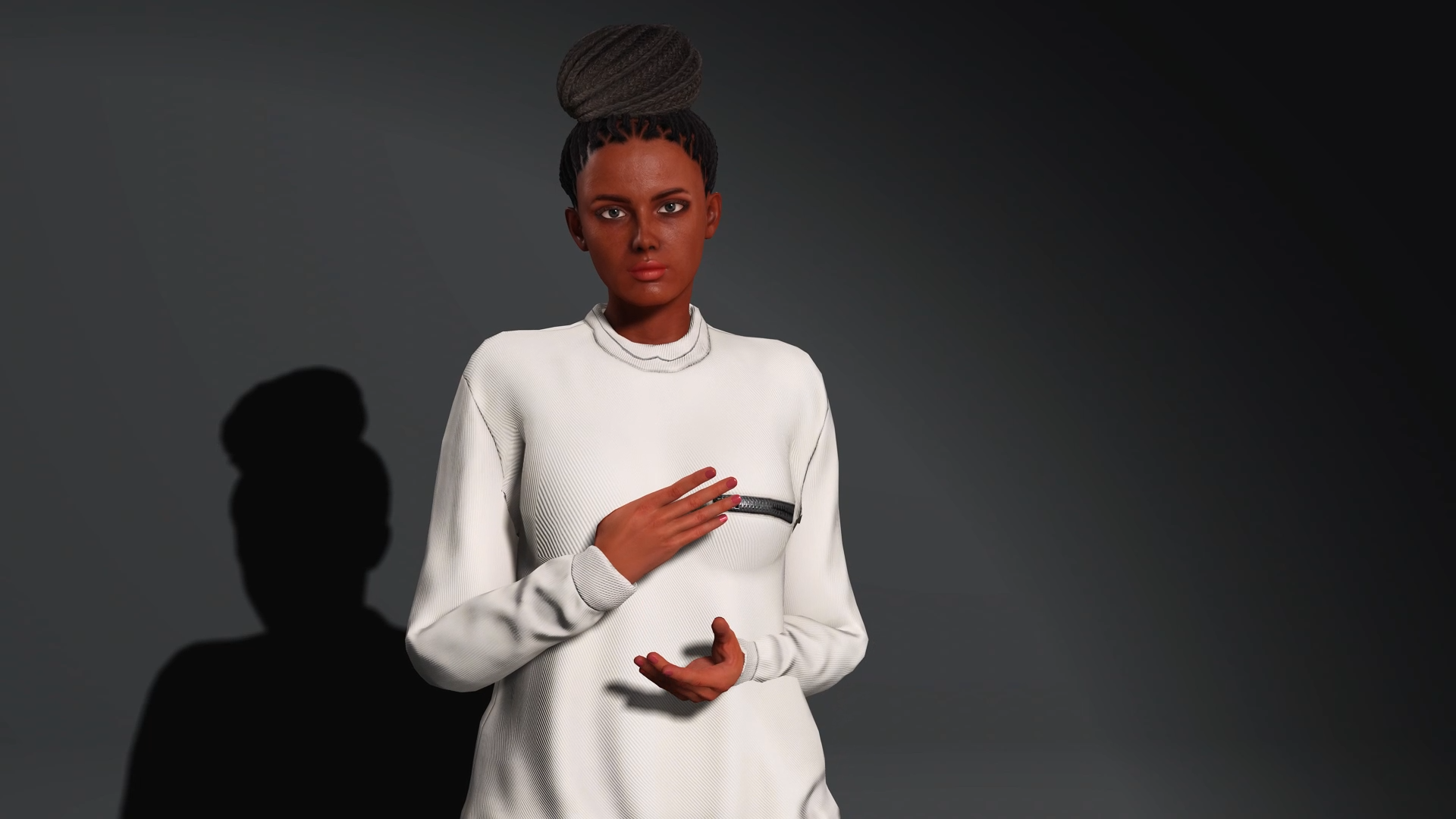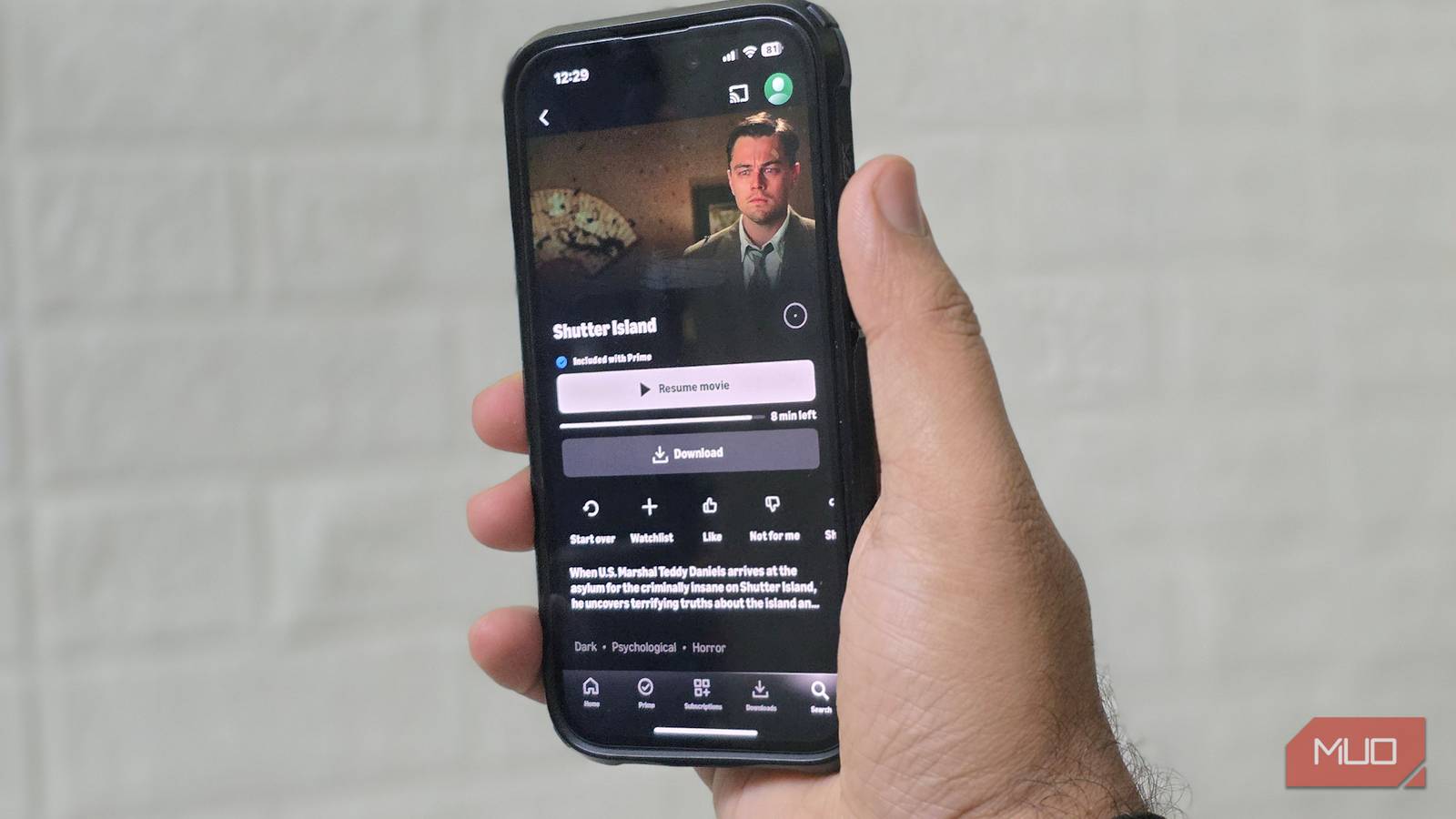Before the COVID-19 pandemic, Elly Savatia was running robotics workshops across Kenya. Until a visit to a high school in Western Kenya.
Out of the thousands of students he trained, more than 400 were deaf, Savatia said. In the absence of an interpreter, these students were unable to ask questions until after the session when several approached him with notebooks and pens.
“It hit me how exhausting that must be,” he told . “Your only mode of communication in that setting is slow, handwritten exchanges. Those students were bright and curious, yet a lack of accessible tools had shut them out.”
That day planted the seed for Signvrse, a Kenya-based startup building AI-powered tools for real-time sign language interpretation for Africans.
The communication gap
Across Africa, over 40 million people live with hearing disabilities. Yet interpreters are scarce, often too expensive, and more prevalent in urban areas. Accurate data is sparse, but the Kenya National Association of the Deaf estimates the Deaf and Hard of Hearing population in Kenya to be around 2.7 million. In May, after it partnered with the Nairobi County government to launch an app for on-demand sign interpretation at medical institutions, Signs Media said over 500 qualified Kenyan Sign Language interpreters signed up. Across several African countries, only about 40 to 700 interpreters are available to hundreds of thousands of people who need them.
For the deaf community, this means participation in a classroom, hospital, or government office, is impossible, or at the mercy of an interpreter who may not show up. Kenya is one of a few countries on the continent where sign language has been recognised as an official language. But very few non-deaf people are able to communicate in or have incentives to learn sign language in Kenya and most parts of the continent.
“Most people do not know sign language,” Savatia said. “That is when the problem became personal to me. It was not just about technology anymore. It was about fairness, dignity, and the basic human right to communication.”
From vision to technology
Savatia’s first idea was simple: use computer vision to track sign language and interpret it as text. This evolved into an app that could take written or spoken language and instantly translate it into sign language using an animated character.
“I imagined it like a pocket-sized interpreter, something you could carry anywhere that would break down the barrier between hearing and deaf people in real time,” he said.
But development revealed the limits of computer vision. There are about 300 different sign languages worldwide. It is more than just hand shapes, encompassing facial expressions, body movement, rhythm, and local contexts. These elements carry meaning and emotion, and they’re essential for true understanding.
So the team pivoted. They adopted motion capture technology to record deaf signers in detail and built 3D avatars capable of reproducing the full language naturally.
“Motion capture allows us to record these nuances directly from skilled deaf signers, ensuring the translation isn’t just technically correct, but also natural and expressive,” Savatia explained. “Other approaches, like using static images or simple animations, tend to strip away the depth of the language.”
Their flagship product, Terp360, reflects that evolution. It draws on a dataset of over 20,000 professionally captured sign sequences. According to Savatia, the dataset includes signers from different regions of Kenya, 60% from urban areas and 40% from rural areas, to capture how signing varies across communities. Every sign is validated by deaf community partners before it goes live.
Source: Signvrse
For Savatia, co-creation was a cornerstone principle in developing Terp360, with more than 30 deaf people having directly shaped the product.
“It’s not about building for the deaf community, but with them,” Savatia said. “Deaf users are involved at every stage of our product development. They help us validate that our text-to-sign translations are accurate, review our animations to make sure signs look correct, and test our overall user experience.”
This collaborativeness has featured in the way it seeks out and employs user feedback to improve the product. When users said the signs looked too mechanical and robotic, explaining that real signing flows naturally from one sign to the next, the team completely redesigned how they blend animations together, he claims.
Technical innovation that works
When a user opens Terp360, they can type or speak directly to the platform. The system processes the input through Signvrse’s sign language database and AI translation model, then displays a 3D avatar performing the accurate sign language version on screen.
“The entire process happens within seconds, so a deaf user can see the message in their language almost in real time,” Savatia said.
The team has achieved a 35% reduction in processing time by pre-computing common sign combinations. For Africa’s network challenges, they use a streaming approach where essential parts load first. “It’s better to show a slightly simpler sign immediately than a perfect one after a long delay,” he explained.
Making the avatars look natural proved the biggest technical hurdle. Initially, animations looked robotic because individual signs were played back-to-back with jarring jumps between movements.
“Real signers flow smoothly from one sign to another,” Savatia said. The team solved this by developing smoothing algorithms that blend transitions between signs naturally.
For now, it only works one way, text and speech into Kenyan Sign Language. Going the other way, from signing back into text, is on the roadmap but technically harder. According to him, perfecting the text to sign language is the first priority since it addresses the most immediate need for accessibility.
Signvrse started with $20,000 in early grants, $10,000 each from UNICEF and the We Are Family Foundation, allowing them to test their prototype with more than 1,500 deaf individuals across Kenya and Uganda.
In 2024, Google.org selected them as one of just 21 organisations worldwide for its Generative AI Accelerator, where the company received funding and technical mentorship. Other recognition includes the Commonwealth Secretary-General’s Innovation Award, Kenya’s Presidential Innovation Award, Microsoft’s Imagine Cup, and support from Carnegie Mellon University.
Beyond Terp360 as a standalone product, Signvrse is building interfaces that allow other companies to integrate real-time sign language translation directly into their own apps, websites, and devices.
Scaling challenges
Despite technical progress and global backing, scaling across Africa presents hurdles. Adoption is one.
“We can generate sign language, but some deaf individuals have not embraced digital avatars yet,” Savatia admitted. “That means one of two things: either they are not ready for digital communication, or our technology is not good enough. We are betting on the latter.”
Then there’s linguistic diversity. Each African country has its own sign language, often with regional variations. Building datasets for each requires time, money, and deep community partnerships. Infrastructure is another challenge, ensuring reliable service where internet access is limited. And finally, affordability remains a concern.
“The key insight we have learned is that technology alone is not enough,” Savatia said. “We need trust, community partnerships, and a real understanding of how deaf people actually communicate.”
What’s next?
Signvrse is piloting integrations in queue management, digital signage, and e-learning platforms. They have also opened an office in Rwanda to test classroom and public-service deployments.
The company expects its first revenue in Q4 2025 through a B2B SaaS model, licensing its technology to educational institutions, government agencies, and organisations. Unexpectedly, the strongest traction so far has come from the edtech sector.
“While we initially focused on business applications, we have seen huge demand in online learning. That tells us real-time sign language translation can play a bigger role in education than we imagined,” Savatia said.
Over the next five years, the team envisions Signvrse covering multiple African sign languages and integrating into mainstream platforms, from education portals and healthcare systems to streaming services and workplaces.
The long-term vision is bold but simple: to make real-time sign language interpretation as normal and accessible as subtitles.
“There is no reason a deaf student in a rural school, or a deaf patient in a busy hospital, should wait hours or be left out entirely just because there is no interpreter,” Savatia said.
Mark your calendars! Moonshot by is back in Lagos on October 15–16! Join Africa’s top founders, creatives & tech leaders for 2 days of keynotes, mixers & future-forward ideas. Early bird tickets now 20% off—don’t snooze! moonshot..com









